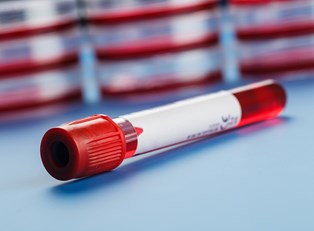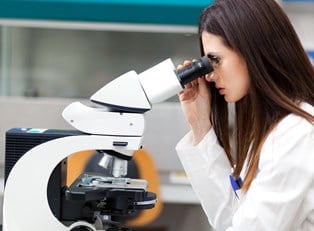Since the advent of modern genetics in the mid-1800s, researchers have been developing techniques for analyzing and comparing DNA. In the contemporary world, this testing has a wide variety of applications, including paternity testing, crime scene investigations, disease detection, and ancestry research.
While the DNA testing process involves highly sophisticated equipment and requires a strong understanding of how genes function, understanding the its basic premise is actually not difficult. Here is a quick overview of how DNA testing works.
An Overview of Genetics
Human genes are composed of long strands of DNA molecules, which you may hear referred to by its long-form name, deoxyribonucleic acid. DNA carries all the information that dictates what traits, like hair or eye color, that a person will develop, and the sum of all this genetic information is known as “the genome.” Interestingly, the majority of a person’s genome is identical to that of all humans—only about 1% of the material varies and is responsible for the diversity we see within humanity. Children inherit half of their genes from each parent, and it’s because of this process of inheritance that DNA testing is able to identify similarities between samples.
Materials Needed for DNA Testing
Contemporary methods of DNA testing require a sample to be taken from the person or people that will be tested, and there are actually several ways that researchers are able to collect these samples. Most commonly, a blood sample is used. While this approach is invasive and potentially painful for some, only a very small sample is needed, since a person’s entire genome is contained within each individual blood cell. Additionally, a mouth swab may be used to gather a sample as well. Contrary to popular belief, the mouth swab is not used to collect saliva, since it contains no DNA material. Rather, it’s used to collect loose cells that are shed from the lining of the mouth. Both of these methods produce results that have similar reliability.
In addition to these two types of samples, hair samples are also sometimes used for DNA testing. However, collecting hair is a bit trickier. This is because the hair collected must be plucked from the root—not simply cut off. Hair itself does not contain genetic material, but when pulled from the root, cells from the hair follicle (which do contain DNA) are gathered along with it.
Deciphering DNA Sample Results
To perform DNA testing, researchers must compare one sample against another. Specifically, they look at the unique sections of the genome that are known as “markers”. The more identical “hits” they find, the better the chance that the two samples they’ve compared are related.
How many hits are necessary for positive test results will depend on the kind of testing that’s being done. For example, in crime scene DNA testing, the two samples’ markers should be identical to one another—since sets of genetic material are presumably coming from the same person. However, with something like paternity testing, an identical match is impossible because children receive half their DNA from their mother as well as their father. In cases like this, researchers will look for anywhere from six to thirteen hits in specific sections of the genome.
Unfortunately, without examining a person’s entire genome, an exact match can never be definitively proven—there are simply too many markers to review, making the task not only impractical but almost impossible. However, the more hits that researchers find, the more likely that their analysis is accurate.



